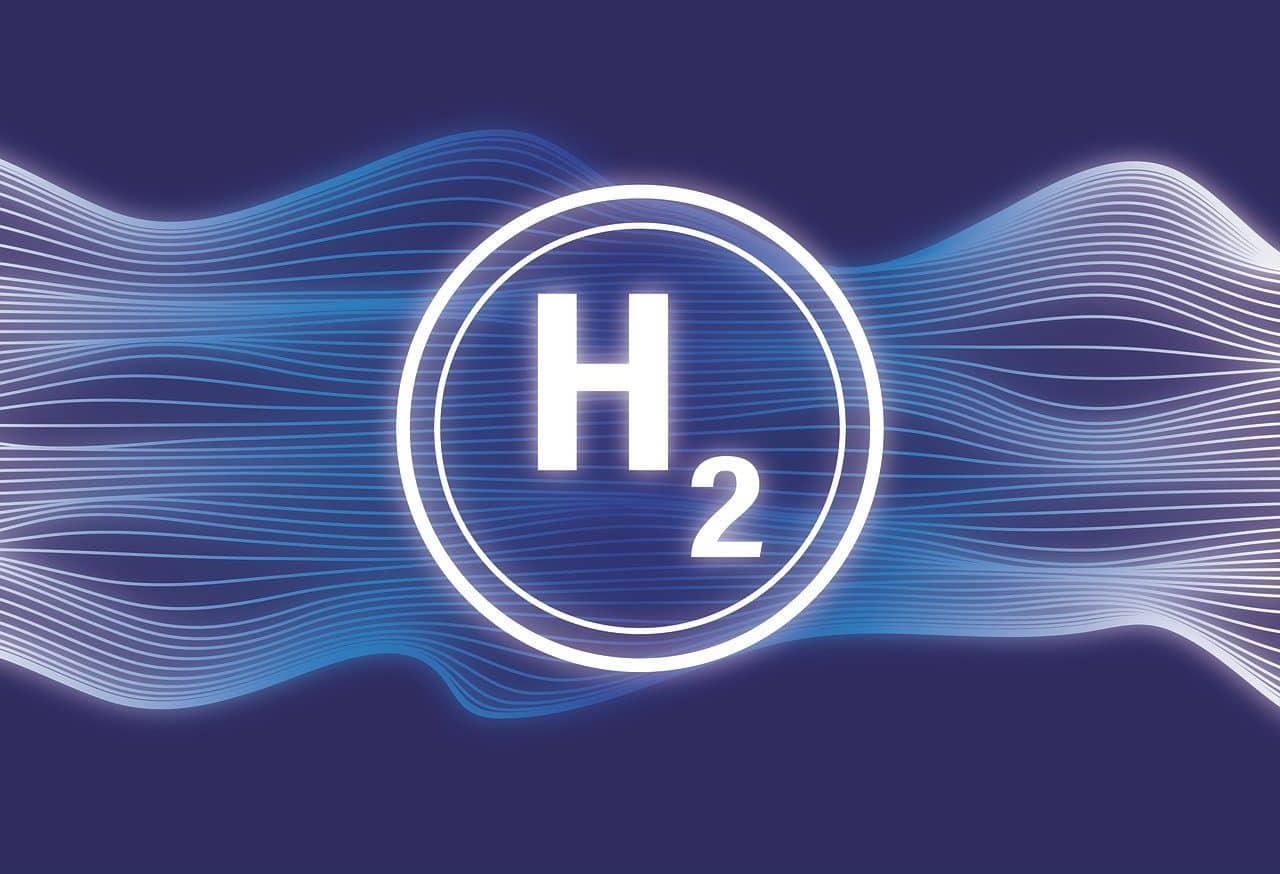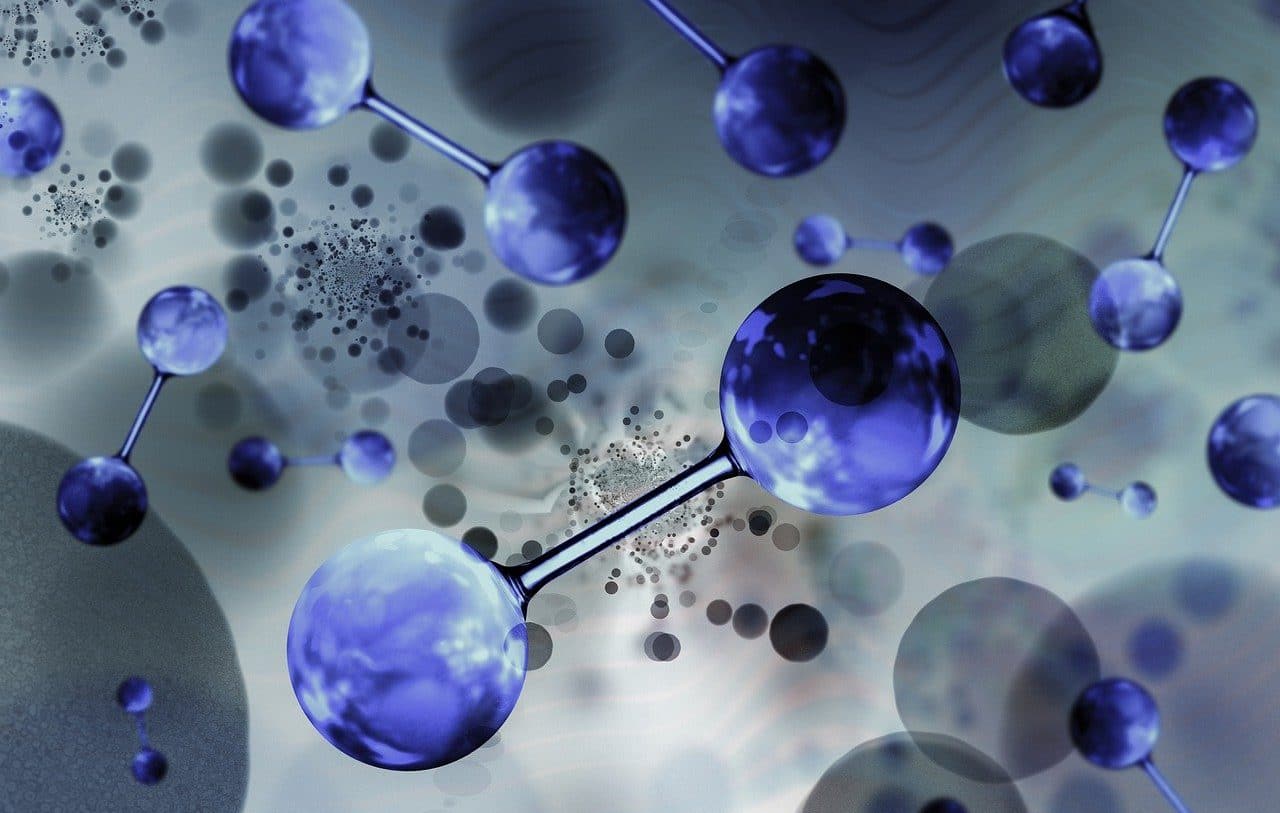
If a hydrogen atom bonds to an electronegatively strong atom such as fluorine, nitrogen or oxygen, a hydrogen bond is formed.
Hydrogen bond is the expression used to identify one of the intermolecular forces that gives rise to an attraction based on the interaction or dipole-dipole force . It arises when a hydrogen atom joins another atom that can be nitrogen , oxygen or fluorine with a negative charge.
While the hydrogen atom is identified as the donor, the other involved in this structure is referred to as the acceptor.
It is also worth keeping in mind that the power or strength of a hydrogen bond is variable, and can range from extremely weak to very strong. Its length, meanwhile, is conditioned by the type of bond strength which, in turn, depends on issues such as the bond angle , pressure and temperature , among others.
Examples of hydrogen bonding
When searching for information to have examples that allow us to understand, in a simple and direct way, where and how hydrogen bonds are applied, water (H2O) appears, first of all. Regarding this substance whose molecule includes a pair of hydrogen atoms and a third of oxygen, it is interesting to know that its high boiling point is the responsibility of the intermolecular hydrogen bond .
Nor can we fail to mention the prominent role that hydrogen bonding plays in the establishment of three-dimensional structures adopted by nucleic acids and proteins . In this framework it is constructive to note that hydrogen bonds , both in DNA and RNA , allow cytosine to pair with guanine .
Importance
Considering each of the data shared throughout this article, there is no doubt about the importance of hydrogen bonds . As they are key for water molecules to be together, they are essential for life.
Their value is ratified by finding them responsible for the union of more than one pair of nitrogenous bases of complementary essence in the double helix characteristic of the DNA structure, showing molecular stability .
As can be deduced from practice, hydrogen bonding is decisive for the properties and conformation of macromolecular systems , whether they have synthetic or natural origin.

The fixed dipole-dipole strength of hydrogen bonding is extremely strong when multiple molecules join together.
Hydrogen bond characteristics
Before offering distinctive features of the hydrogen bond, it is advisable to make a clarification about the appropriate expression for said type of bond . Hydrogen bonds (whether we refer to intramolecular hydrogen bonds or intermolecular hydrogen bonds ) do not have the same nature as the aforementioned hydrogen bonds .
The misunderstanding or inaccurate use of the concept was born from the translations that were made from the English name, associating the notions as if they were synonyms. According to the theory, the main difference is that the hydrogen bond is an intermolecular force, while a hydrogen bond is born unconventionally as a covalent bond with the aim of stabilizing a compound.
Hydrogen bonds can be classified into multiple categories depending on the characteristics they have. If a single hydrogen atom simultaneously participates in a pair of hydrogen bonds , then these are known as bifurcated . There is, on the other hand, symmetrical hydrogen bonding (observed in the structure of ice subjected to high pressures).

The lightest of the chemical elements that are distributed in the periodic table is hydrogen.
Properties
Hydrogen bonds , which are weaker than a chemical bond and are halfway between covalent bonds and a Van der Waals force , are associated with different properties of forces and substances. For example: thanks to them, water molecules experience a relatively high attraction among themselves and, in this context, the surface tension , compared to other types of liquids, is higher. It should be noted that surface tension plays a relevant role in the phenomenon known as capillarity .
Pure ethanol , meanwhile, becomes hygroscopic under the influence of hydrogen bonds . Numerous compounds, such as ammonia to give a reference, have a high solubility in water also due to the action of hydrogen bonds , which also affect the viscosity of some substances.
As science and technology advance, hydrogen bonds are known in more detail. Seasons ago, to cite one of the relevant announcements of recent times, a group of scientists, using an atomic force microscope, managed to measure or appreciate the force evidenced by hydrogen bonds in the same molecule. This achievement served to consider other ways to identify three-dimensional molecules by observing hydrogen atoms, a chemical element whose electronegativity is 2.2 according to the Pauling scale and, in its gas state, has an enthalpy of fusion of 0.1180. kJ/mol.
